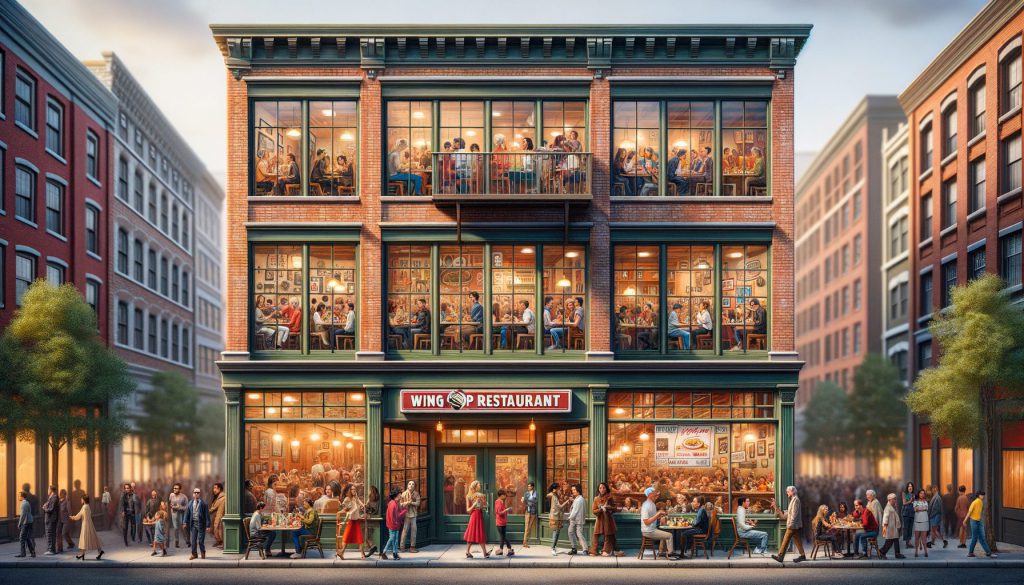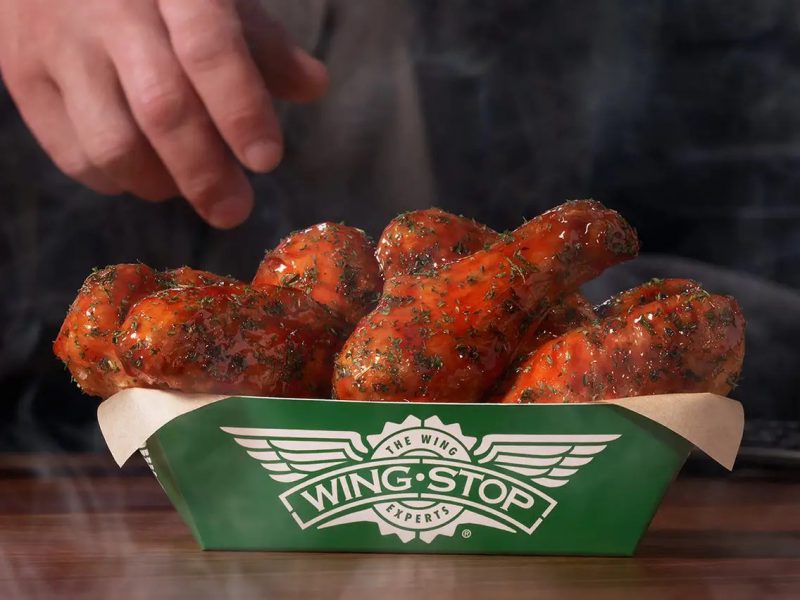For over 25 years, Wingstop has built one of the standout brands in the crowded chicken wing segment through consistent innovation and a proven business model. With over 1,500 locations globally and 22% system-wide sales growth in 2021, the company’s impressive expansion shows little sign of slowing down. As Wingstop seeks new franchise partners to further grow its footprint, many entrepreneurs have wondered: how much does it cost to open one of the popular wing spots? Can the initial investment be covered through financing programs or personal funds? And what are the requirements to even qualify for ownership in the first place?
This overview breaks down the core financial and operational aspects prospective franchisees need to evaluate when considering adding a Wingstop to their investment portfolio. Grasping these fundamentals allows you to properly assess if the opportunity matches your goals and means.


Upfront franchise costs and fees
While the total initial investment to open a Wingstop lands between $300,000 to $750,000 on average, the franchisor also requires upfront fees to be paid to secure rights within a protected territory. This includes:
Franchise Fee – $20,000 per location
Development Fee – $10,000 per location
At least three unit openings are mandated at the outset, meaning upfront costs quickly scale to around $100,000 or more quite rapidly. That ensures candidates boast the resources to fulfill multi-unit growth commitments from day one.
Also read: How Much is a Burger King Franchise?
Ongoing operational costs
Aside from those initial entry costs, Wingstop also collects ongoing royalties tied to each location’s sales. These include:
Royalty Fee – 6% of gross sales
Marketing Fee – 4% of gross sales
The combined 10% effectively makes Wingstop a hidden equity partner in every outlet, sharing both upside and downside potential. This allows for alignment between corporate incentives and franchisee profitability.
While reasonable at industry norms, operators must factor carrying these fees into maintaining positive unit economics if sales underperform or costs inflate over time. Proper due diligence around projected customer demand and unit volumes is vital to confirm return outlooks.
Also read: How Much is a Chipotle Franchise?
Wingstop franchise owner requirements
Given multi-unit demands requiring significant capital deployment, Wingstop mandates prospects present concrete business experience and financial wherewithal. This includes:
Minimum Net Worth – $1.5 million
Minimum Liquid Capital – $600,000
The liquidity ensures the capacity to properly develop several restaurants simultaneously, while net worth qualifications hint at the sophistication necessary to grow an entire territorial portfolio.
Perhaps as importantly, Wingstop also prefers candidates with previous multi-unit restaurant ownership backgrounds. It can more easily replicate its operational model and manage teams in different locations thanks to this experienced oversight.


Bottom Line
While the brand’s remarkable consistency and reasonable royalties suggest attractive franchisee prospects, most individuals likely find themselves priced out of consideration. Without specialized industry experience or an extremely high net worth, the majority lack the credentials or liquid funds to qualify.
That largely leaves private equity firms and experienced restaurant investor groups best positioned to partner with Wingstop in blanketing regions with new locations. Well-capitalized organizations capable of building true outlet clusters will derive the most benefit from the concept’s prolific cash generation ability.
For those set on breaking into the franchising realm with Wingstop, gradually building capital reserves through current business endeavors or other investments remains the surest pathway. With poised growth still ahead in both domestic and overseas markets, patient entrepreneurs may find that timing eventually works in their favor to capture a piece of this expanding wing empire.





